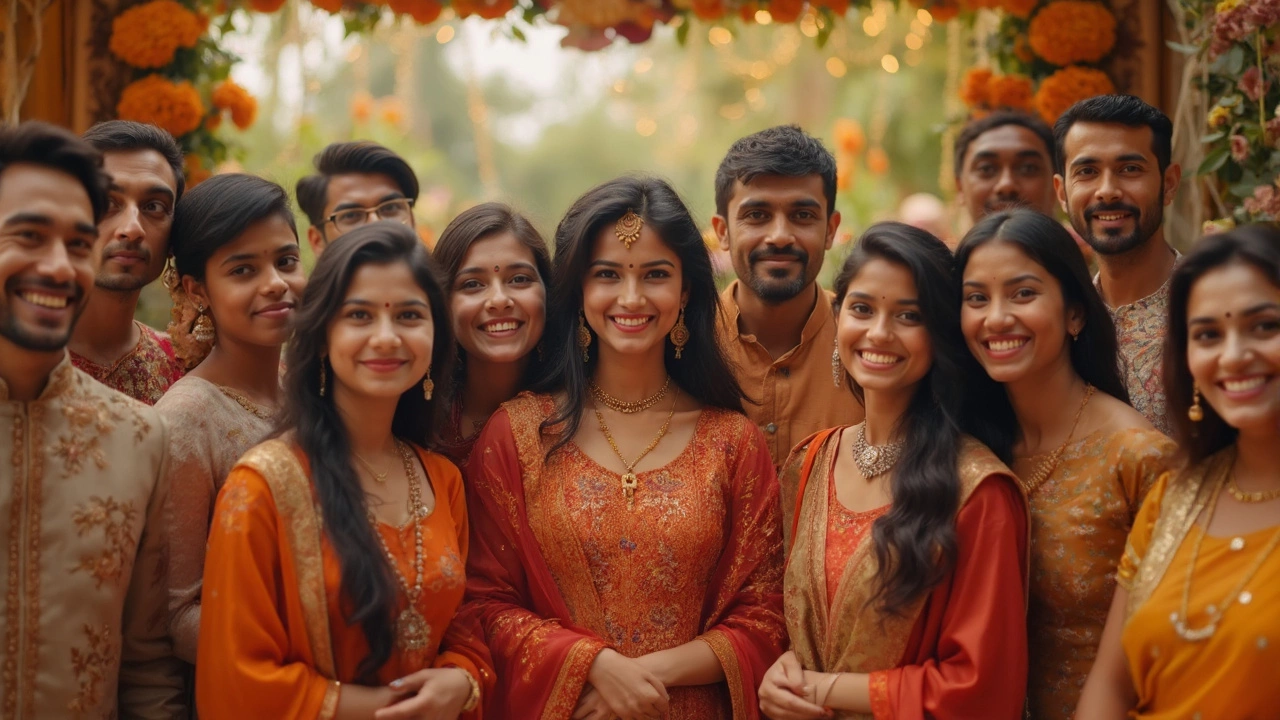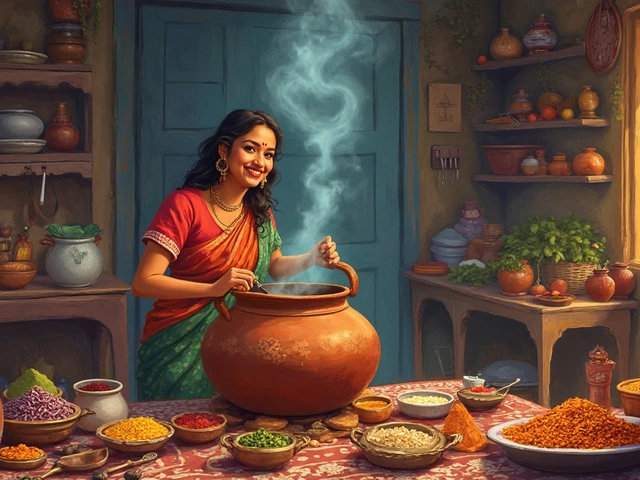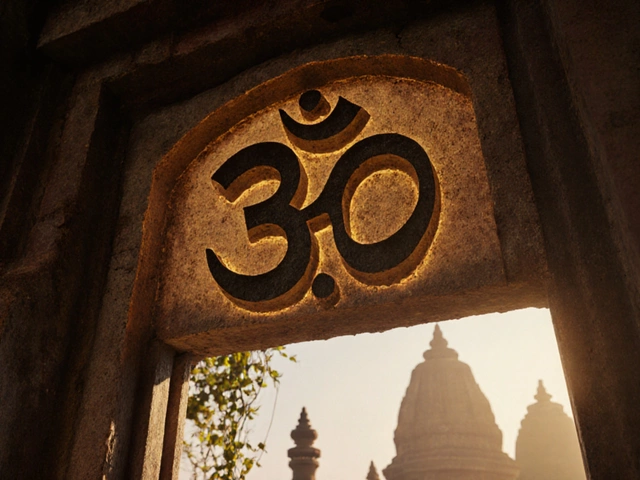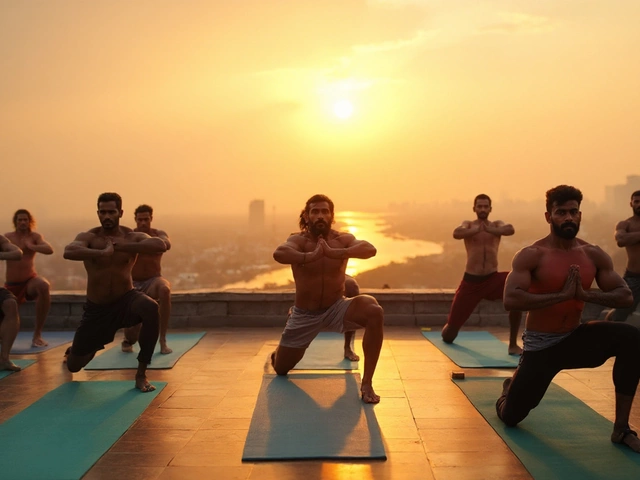Non-Indian Guest at Indian Wedding: What to Wear, Do, and Expect
When a non-Indian guest, someone from outside India attending a wedding rooted in South Asian traditions shows up at an Indian wedding, they’re stepping into a world of color, sound, and deep ritual—none of which are usually explained upfront. This isn’t just a party. It’s a multi-day cultural experience, and knowing what’s happening around you makes all the difference. Whether you’re invited to a Punjabi baraat, a South Indian pujas, or a Gujarati pheras, your presence matters, and so does how you show up.
One of the biggest questions non-Indian guests, people unfamiliar with Indian wedding customs ask is: "Can I show my legs?" The answer? It depends. In North India, modesty matters—long skirts or pants are safest. In the South, lighter fabrics and covered shoulders are common, even for outsiders. You don’t need to wear a sari or sherwani, but avoiding shorts, tank tops, or revealing dresses shows respect. The same goes for footwear: many ceremonies require you to remove shoes before entering sacred spaces. It’s not about rules—it’s about awareness.
Then there’s the food. Indian weddings serve dozens of dishes, from spicy chutneys to sweet laddoos. If you’re unsure what’s vegetarian or if something contains garlic or onion (which some communities avoid), just ask. Most hosts will be happy to explain. And yes, dancing is expected—don’t hide in the corner. Bhangra, a lively Punjabi folk dance often performed at weddings is easy to follow, and even if you mess up, everyone will cheer. It’s not about perfection; it’s about joining in.
Gifts? Cash in an envelope is standard, but a small thoughtful item—like a plant, a book on Indian art, or even handmade sweets from your country—works too. Avoid clocks, knives, or white flowers; they carry negative meanings in many Indian cultures. And if you’re invited to the haldi or mehendi ceremony, don’t skip it. Those are the most fun parts—colorful, messy, and full of laughter.
There’s no single "Indian wedding." The traditions shift from village to city, Hindu to Muslim to Christian, and even within families. But the heart stays the same: celebration, community, and connection. As a guest, you’re not just an observer—you’re part of the story now. The posts below will walk you through exactly what to wear, what to avoid, how to navigate the rituals without stress, and why some guests leave crying—not from sadness, but because they felt more welcomed than they ever expected.





